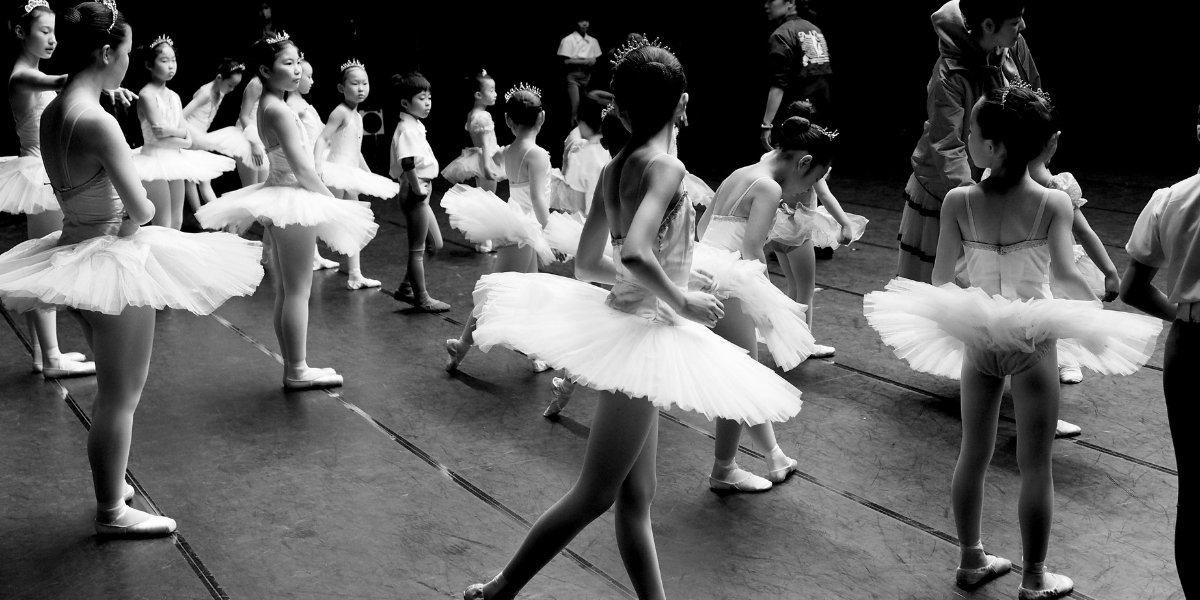Effective Audition Techniques That Get You Noticed
Auditions are the gateway to acting opportunities. Whether you’re a seasoned actor or just starting out, the competition is fierce, and the pressure is high. Standing out in an audition requires more than just reciting lines—it requires precision, emotional intelligence, and the ability to connect with the material and the casting team. Successful auditions are not only about talent but also about showcasing the right aspects of yourself and your craft. This article will explore effective audition techniques that can help you get noticed and leave a lasting impression.
Read Also: Experience the Magic of “Winter in Venice” at The Venetian Resort
What Makes a Great Audition?
A great audition is one that not only demonstrates your acting skills but also shows that you are a perfect fit for the role. Casting directors and producers are not just looking for great performances—they are looking for someone who can embody the character, collaborate well with others, and deliver on-set professionalism. Here are the key elements that contribute to a successful audition:
Confidence and Preparation
Confidence is key in auditions. When you walk into the room, you should feel prepared and sure of your abilities. Confidence doesn’t mean arrogance—it means trust in your preparation and your skills. Being well-prepared allows you to focus on the performance rather than the nerves, which helps you stay present in the moment.
Authenticity and Connection
Great auditions are grounded in authenticity. Whether you’re playing a comedic or dramatic role, bringing genuine emotion and intention to the performance is crucial. Casting directors want to see who you truly are as an actor, not just someone reciting lines. Auditions are about connection—both with the material and with the people in the room. Authenticity is what makes an actor stand out.
Essential Audition Techniques to Make a Strong Impression
While every audition is unique, there are several universal techniques that can help you make a lasting impression. Mastering these will elevate your auditions and increase your chances of getting noticed.
1. Know the Material Inside and Out
Before you walk into the audition room, make sure you have thoroughly prepared the material. Whether it’s a monologue, sides, or a cold read, your preparation should go beyond just memorizing the lines. You need to understand the character, the context of the scene, and the emotional journey. Ask yourself:
-
What does my character want in this scene?
-
What is at stake for them?
-
What are their underlying emotions?
-
How do I want to convey those emotions?
A deep understanding of the material allows you to bring layers and complexity to your performance, making it stand out.
2. Be Flexible and Adaptable
Auditions often require quick thinking and adaptability. Directors may ask you to adjust your performance or try a different approach. Be prepared to experiment with different emotions, gestures, and character choices. Showing that you are flexible not only demonstrates your range but also your ability to collaborate in a creative environment.
-
If the director asks you to try a different read, embrace the challenge and show that you can adapt.
-
Let go of any attachment to your original choices and be open to new directions.
Directors are often looking for actors who can take direction and adjust on the fly. Being adaptable shows that you’re professional and versatile, key traits that casting directors value.
3. Work on Your Timing and Pacing
Good timing and pacing are essential in any audition. Whether it’s a dramatic pause to let a moment sink in or a comedic beat to land a punchline, knowing when to speed up and slow down can make a huge difference. Auditions often require you to show not just the character’s lines but also how they react to the space and tempo around them.
-
Pacing helps the rhythm of the scene feel natural, preventing it from feeling rushed or flat.
-
Timing ensures that moments of tension or humor are delivered with the appropriate impact.
If you’re working with a scene partner or reader, sync your timing with theirs to create a seamless exchange. Good timing can elevate your audition, making it feel effortless and dynamic.
4. Physicality and Presence
Your body language plays a major role in how you are perceived in an audition. An actor’s physicality should support the character’s emotions and objectives. Whether it’s through subtle gestures or bold movements, your body language conveys much more than words alone.
-
Use your body to express how the character feels in the scene.
-
Maintain strong posture and energy to project confidence and presence.
-
Be mindful of how you use space—moving with intention can bring a scene to life.
Your physicality should be in tune with the emotional core of your character. Even in a small, intimate scene, the way you move and hold yourself can communicate volumes about your character’s internal state.
5. Master the Cold Read
Cold reading can be one of the most daunting aspects of auditions, especially if you haven’t had time to prepare. A cold read requires you to perform a scene with little to no prior preparation, but there are ways to make it work in your favor:
-
Read the sides quickly to get a general sense of the character, setting, and stakes.
-
Focus on making bold, specific choices in your first read, even if you don’t have all the details. It’s better to take risks than to play it safe.
-
Use your instincts—don’t overthink. Trust your first impression of the character and go with it.
Directors often like to see how quickly you can tap into a character, so embrace the opportunity to perform confidently even without the luxury of rehearsal.
6. Don’t Overdo It: Keep It Simple
One common mistake in auditions is overacting. It’s tempting to embellish your performance to stand out, but often, the more subtle, natural choices resonate better. Keep it simple and grounded. Let the emotion and intent of the character speak for itself, rather than trying to impress with exaggerated gestures or over-the-top deliveries.
-
Find moments of simplicity that reveal character depth. Sometimes less is more.
Casting directors are looking for authenticity, so trust that your honest, raw performance will make a bigger impact than a performance that feels overdone or artificial.
How to Nail Your Audition Every Time
Auditioning is a skill that takes practice, and even the most talented actors can have off days. However, by using these techniques and constantly refining your approach, you can increase your chances of success.
-
Stay positive and confident—casting directors are not just looking at your acting, but also your attitude and professionalism.
-
Be punctual and prepared, always having the necessary materials and knowledge of the character and scene.
-
Stay connected to your character—no matter the situation, remain fully in the moment.
Auditions are your opportunity to showcase your skills, but they are also a reflection of your work ethic, professionalism, and preparedness. By consistently applying these audition techniques, you can develop a reputation for being an actor who is both talented and reliable.
Read Also: Innovative Cinematography Techniques Shaping Modern Movies
Auditioning with Confidence and Authenticity
Auditioning can be a nerve-wracking process, but with the right techniques and mindset, it’s an opportunity to showcase your skills and get noticed. Mastering the art of auditioning involves preparation, flexibility, and the ability to bring truth to every performance. By applying these effective techniques—like knowing the material inside and out, maintaining confidence, and connecting with the character—you’ll set yourself up for success. Remember, each audition is a stepping stone toward landing the role that’s meant for you.








